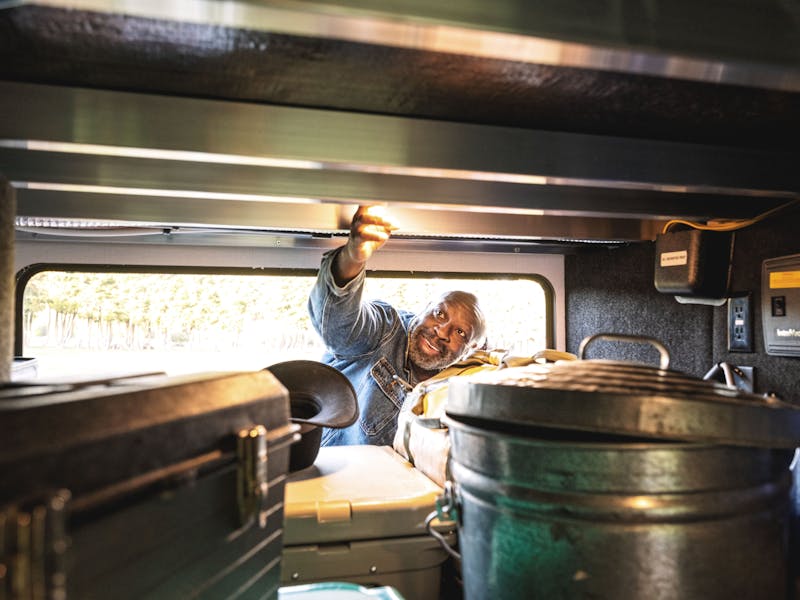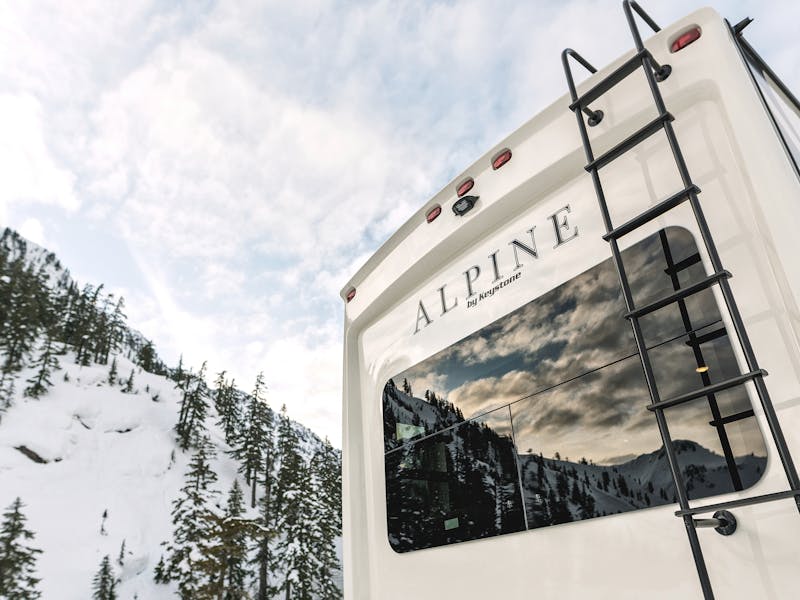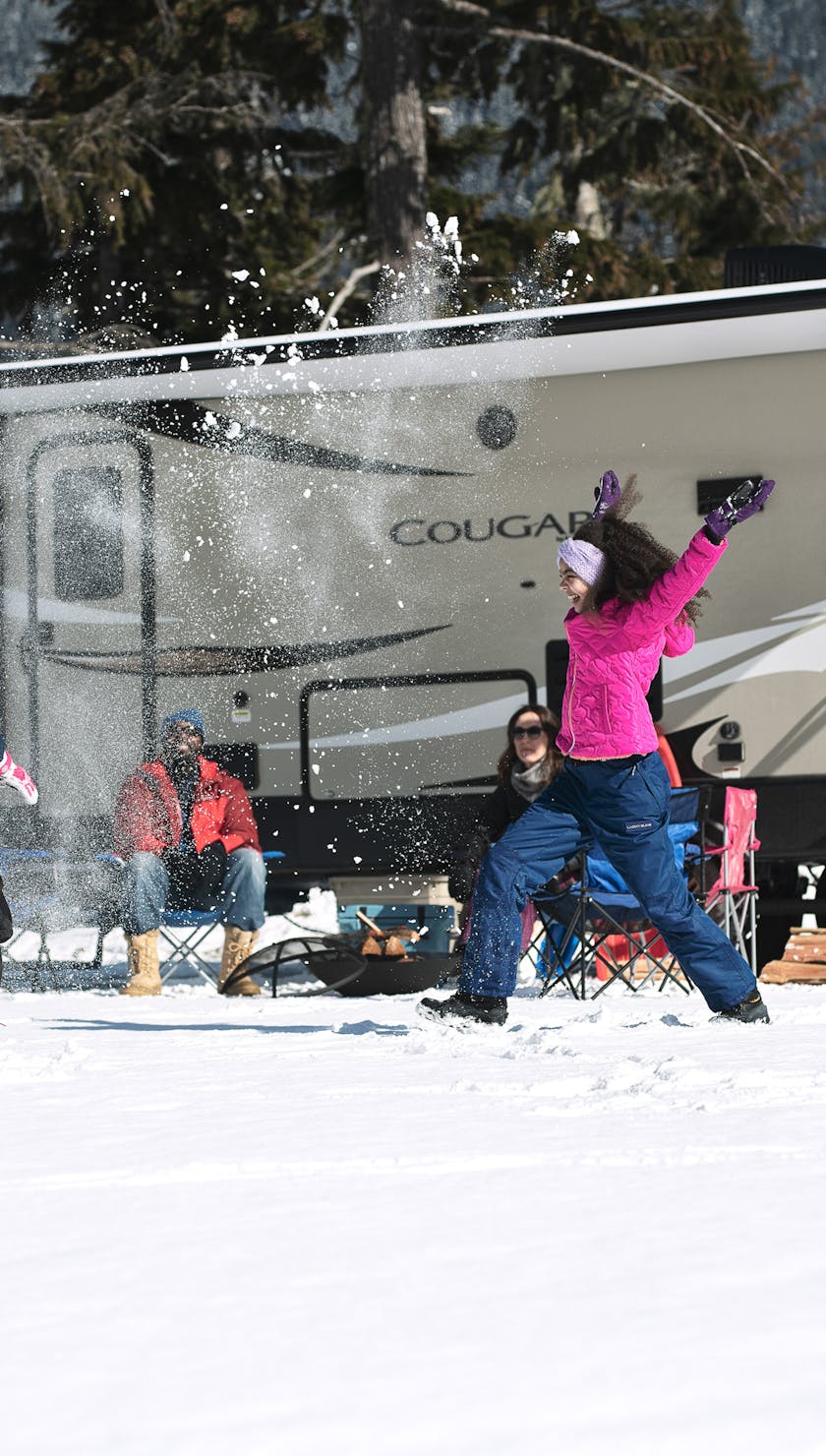For many RV owners, the call of adventure doesn’t stop when the temperatures drop. Winter camping in your Keystone RV can be an incredible experience, offering beautiful snowy landscapes, quiet campgrounds, and a unique connection with nature. However, it also brings challenges, particularly with heating and plumbing. Here’s how you can prepare your RV for a cozy and worry-free winter getaway.
Understanding Your RV's Heating System
Your Keystone RV is equipped with efficient heating systems designed for winter camping, but understanding their operation is essential to staying warm. Unlike a traditional home, an RV’s smaller, more compact space requires thoughtful heating strategies to maximize comfort and efficiency.
- Furnace Functionality: Most Keystone RVs feature a propane-powered furnace with forced air to distribute heat throughout the space. To ensure consistent performance, keep your propane tanks full and regularly inspect the furnace and vents for blockages or debris that could hinder airflow.
- Air Circulation and Interior Doors: Unlike a home, heat in an RV can struggle to reach certain areas if airflow is restricted. Keep interior doors, like those to the bathroom or bedroom, open to promote even heat distribution and prevent cold spots.
- Insulating Your RV: Retain warmth by installing RV skirting, adding insulating window covers, and sealing drafts around slide-outs or doors. Lightweight reflective insulation can also enhance heat retention without adding bulk. These small adjustments can make a big difference in keeping the chill out of your RV.
Plumbing Precautions for Cold Weather
Freezing temperatures can pose risks to your RV’s plumbing, so taking preventative measures is key.
- Tank and Pipe Protection: If your Keystone RV includes a heated and enclosed underbelly, your tanks and pipes are already protected to an extent. However, in extreme cold, consider adding heated pads to tanks and insulating exposed pipes.
- Use of Antifreeze: For extended cold-weather trips, RV antifreeze can be added to the gray and black water tanks to prevent freezing. Do not use automotive antifreeze, as it is not safe for RV systems.
Practical Tips for Winter Adventures
- Monitor Propane Levels: Cold weather increases propane usage. Carry extra propane tanks and check levels regularly.
- Plan for Power Needs: If you plan to rely on electric heating or other appliances, ensure your power supply can handle the demand.
- Condensation Control: Cooking, showering, and simply living in your RV can lead to moisture buildup in cold weather. Use a dehumidifier or crack windows to improve ventilation.
Why Winter Camping is Worth it
While winter camping requires preparation, the rewards are immense. Imagine waking up in your warm RV to a pristine snow-covered forest, enjoying hot coffee while watching wildlife, and experiencing the quiet solitude of winter landscapes. With your Keystone RV’s built-in features and these practical tips, you can confidently embrace the magic of winter camping.
Stay Connected: Have you braved winter camping in your Keystone RV? Share your tips, stories, and photos with us at iamkeystonenation@keystonerv.com! We’d love to feature your adventures in an upcoming newsletter.




